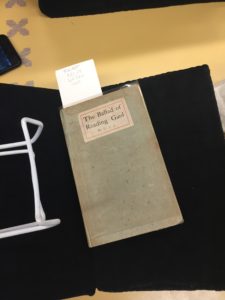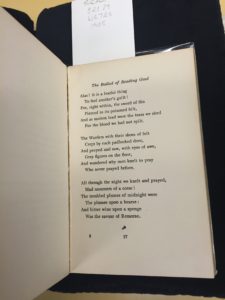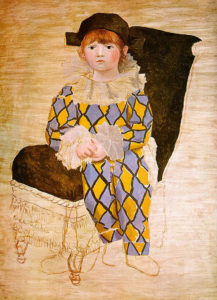The Dancers (1898) – Edgar Degas

While I did not go with the class for the LACMA trip as part of our CSP, I did manage to get a look at a lot of the artworks on display during LACMA College Night. This was fairly after we had learned about Impressionism in class, and because I personally also enjoy Degas’ art, this painting captured my attention. Although the painting was not the most obvious work of art in that gallery, I was actually really happy to see a familiar painting. I remember looking very closely at the rough strokes and the graininess of the drawing, and remembered what we discussed in class about Impressionism and the attempts it had at capturing the essence of the scene rather than the physical details. The obvious sketchiness of the drawing and the candid postures of the dancers really encaptured that for me and I was glad to be able to appreciate this rather small drawing better after learning about it through our readings. I could really see more clearly how that took effect by seeing it in person. Seeing the same drawing through the computer definitely creates a different impression because the different strokes are not clearly visible through the screen. Although I do not have a photo of the painting from the museum (we weren’t allowed to take photos in that part of the gallery), the colours, especially the blue in the dancers’ dresses, were much more bright when seen in person. The perspective in this drawing was a lot similar to that of the Degas paintings we had looked at in class such as how the viewers were looking from a rather candid point of view. While I did not have much time to carefully look around the entire museum, this drawing was one of the artworks I remembered the most that night because it related to something I had actually learned about and could now appreciate better.




